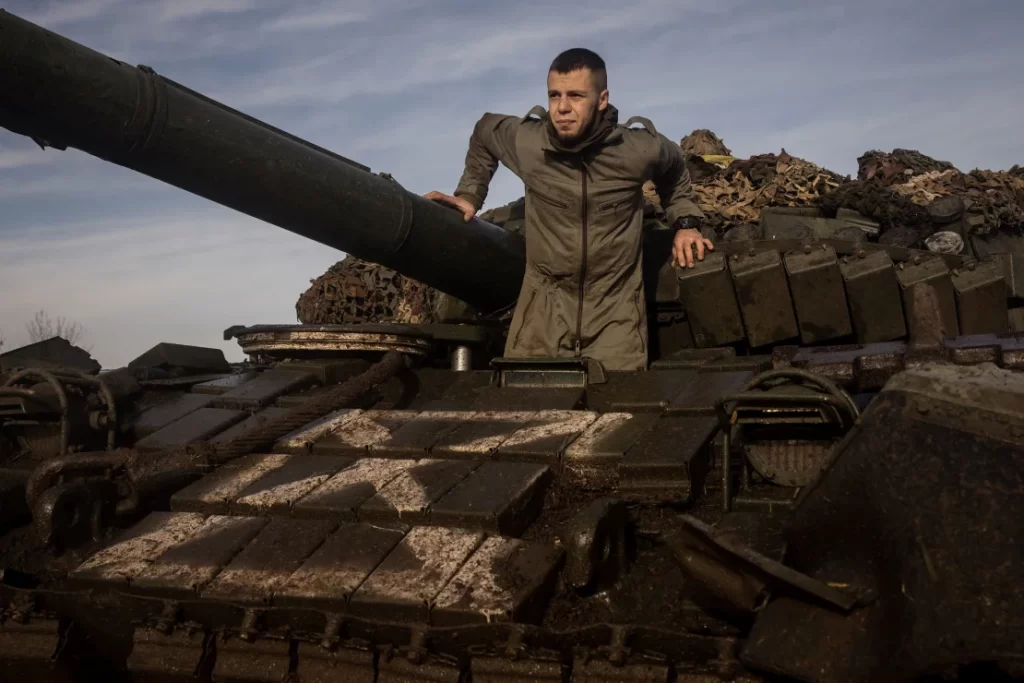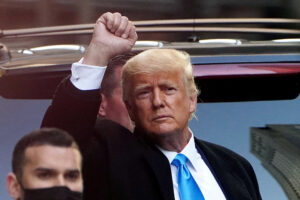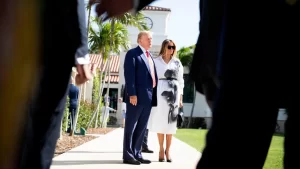How the US Is Ready for a Possible Russian Attack: Handling the Nuclear Threat

The world anxiously awaited the United States’ preparations for the unimaginable in late 2022: the potential for Russia to conduct a nuclear attack on Ukraine. The complete account of this unsettling situation, as presented in a recent story by CNN and extensively investigated in the book “The Return of Great Powers,” illuminates the complex network of diplomacy, intelligence, and backup plans that transpired behind the scenes. With tensions between Russia and Ukraine rising, the Biden administration was faced with the terrifying possibility of using nuclear weapons in combat for the first time since World War II. As Russian forces suffered defeats in the fight in Ukraine, the US leadership was increasingly concerned that Moscow would become desperate and turn to drastic means. Prominent administrative figures, greatly concerned about the changing circumstances, started a thorough process of planning and reacting. The US attempted to lessen the possibility of a disastrous nuclear escalation by coordinating with allies, gathering intelligence, and extending diplomatic ties.
The catastrophic scenario that was developing in Ukraine served as the impetus for increased alarm. The threat of a Russian defeat loomed enormous as Ukrainian forces advanced and began to encroach against Russian-occupied territory. Losing land would have been a personal and national embarrassment for Russian President Vladimir Putin, who had built his career on the seizure of Ukrainian territory. Amid these events, alarming indications were picked up by US intelligence agencies suggesting that Russia was considering using nuclear weapons as a last option. Although concerning, this possibility was not wholly baseless considering Putin’s tendency for brinkmanship and his readiness to use unusual means to accomplish geopolitical goals. To make matters worse, the Russian propaganda apparatus went into overdrive and spread misleading stories about provocations by Ukraine that involved the deployment of dirty bombs. Despite being rejected as unfounded by officials in the West, these fabrications demonstrated the Kremlin’s readiness to use fear and disinformation to further its objectives. In response to these alarming signals, the Biden administration moved quickly to prevent a nuclear war by launching a number of diplomatic operations. A concerted effort was spearheaded by Secretary of State Antony Blinken, Chairman of the Joint Chiefs of Staff General Mark Milley, and Director of the CIA Bill Burns to convey US concerns to their Russian counterparts directly and garner backing from important allies such as China and India. The international community’s coordinated response was important in lowering tensions and convincing Russia to use moderation. The possibility of nuclear war looms large and serves as a sobering reminder of how unstable global security is, even though the immediate threat may have diminished as the conflict entered a period of relative stalemate. It is crucial that we continue to be watchful and unwavering in our commitment to averting the use of nuclear weapons while the world considers what happened in late 2022. The takeaways from this crisis highlight the critical roles that cooperation, diplomacy, and unwavering resolve play in ensuring humanity’s survival in an increasingly unpredictable environment.
Source: https://edition.cnn.com/2024/03/09/politics/us-prepared-rigorously-potential-russian-nuclear-strike-ukraine/index.html





